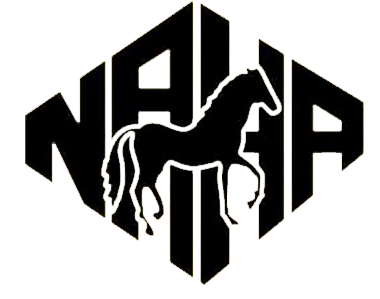On June 23rd 2024,
we are holding a Western Dressage show.
Western dressage is relatively new in the USA, having been established here in 2010. Western dressage combines the elements and principles of traditional dressage with the best parts of western horseback riding tradition,
Western dressage adopted some of the principles of traditional dressage such as carriage and balance however it places a bigger emphasis on horsemanship. The roots of Western dressage are in the cowboy of old, moving a herd of cattle over evert type of terrain and horse and rider work as one.
As the name states it is ridden in Western tack and the rider wears western attire, typically jeans, long sleeved buttoned up shirts, boots, and the traditional cowboy hat. A rider is not penalized for wearing a helmet. Any breed of horse may compete. Riders may also wear chinks, or chaps. Horses wear western saddles, and pads. Western headstalls are used with a snaffle or curb bit. You may not switch back and forth from one to two handed during your test.
The gaits in western dressage are western (walk, jog, lope) they are not to be confused with western pleasure gaits. All gaits are to be energetic. Emphasizing the horse’s natural movement. Excessive slowness is not allowed.
As in traditional dressage western dressage is performed in a 20 x 60-meter area. (in English that’s 65.6176 feet x 196 feet 10.2 inches). Letters are posted in specific spots in the arena to indicate where certain movements are performed.
In the beginning levels the tests include the walk, trot, and lope.
In higher levels, lateral movements, extension and collections and flying changes are present.
Each movement is scored on a 0 – 10 scale. 0 is not performed, 10 is excellent.
The judge is situated at one end of the show ring, opposite where you enter.
There are five levels of tests, each level has four tests increasing in difficulty, and you can post the trot if you want.
At our clinic and schooling show we will be offering tests through Level 2.
Western dressage tests begin with Intro, then Basic, Level One and Level 2.
